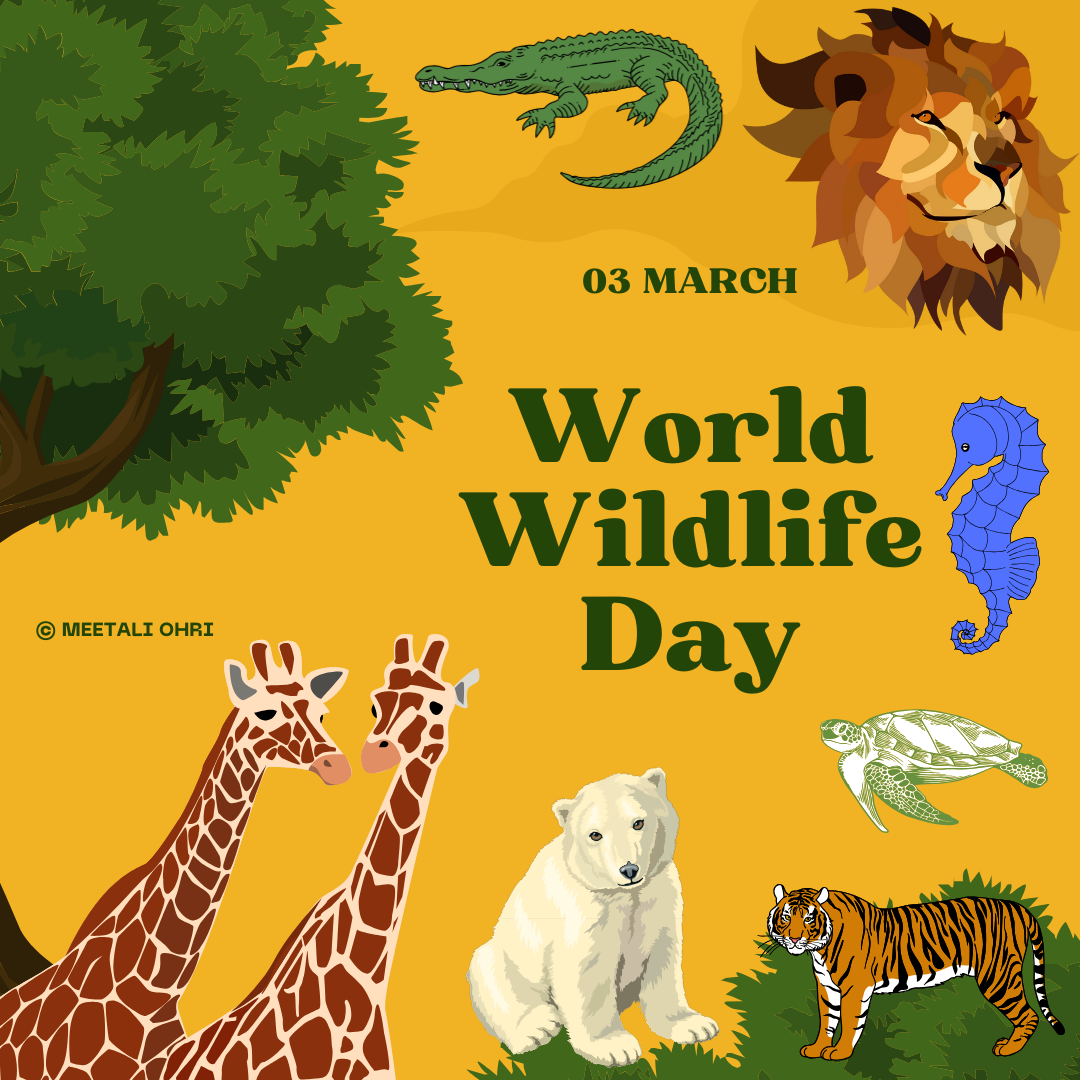March 3 marks a significant date in the global environmental calendar as World Wildlife Day 2024, which was designated by the United Nations General Assembly to highlight the importance of the world’s wild fauna and flora. This year’s theme, “Connecting People and Planet: Exploring Digital Innovation in Wildlife Conservation,” underscores the vital role of technological advancements in bridging the gap between human activities and wildlife preservation.
The inception of World Wildlife Day dates back to December 20, 2013, during the Sixty-eighth session of the United Nations General Assembly. It commemorates the adoption of the Convention on International Trade in Endangered Species of Wild Fauna and Flora (CITES) on March 3, 1973, to ensure that international trade does not threaten the survival of endangered species.
The dawn of digital innovation in India’s wildlife conservation
In his address to the nation through the radio program Mann Ki Baat, Indian Prime Minister Narendra Modi highlighted the pivotal role of digital innovation in wildlife conservation. Modi pointed out the significant increase in the tiger population within the country, particularly in the Tiger Reserve of Chandrapur, Maharashtra, where numbers have soared to more than 250. This achievement is attributed to the strategic use of technology in mitigating human-animal conflicts and enhancing wildlife protection.
A notable example of such technological intervention is the deployment of Artificial Intelligence (AI) in Chandrapur district to minimize conflicts between humans and tigers. Cameras equipped with AI technologies have been installed at the boundaries of villages and forests, enabling residents to receive immediate alerts on their mobile devices whenever a tiger approaches their vicinity. This innovative system has significantly enhanced the safety of the local communities and the tigers in 13 villages surrounding the Tiger Reserve.
Empowering conservation efforts through entrepreneurial innovation
The role of young entrepreneurs in revolutionizing wildlife conservation and eco-tourism through digital innovation cannot be overstated. In Roorkee, Uttarakhand, the Rotor Precision Group, in collaboration with the Wildlife Institute of India, has developed a drone technology that facilitates monitoring crocodiles in the Ken River. This initiative represents a leap forward in leveraging technology for the surveillance and protection of wildlife in their natural habitats.
Furthermore, a Bengaluru-based company has introduced two groundbreaking apps, ‘Bagheera’ and ‘Garuda,’ which are set to transform the experience of jungle safaris across the country. The Bagheera App allows for monitoring vehicle speeds and other activities during safaris, ensuring a safe and responsible exploration of tiger reserves. On the other hand, the Garuda App employs Artificial Intelligence and the Internet of Things to provide real-time alerts when connected to any CCTV system, enhancing the security and efficiency of wildlife monitoring efforts.
Embracing technology for a sustainable coexistence
World Wildlife Day 2024 reminds us of the urgent need for innovative solutions to conserve our planet’s wildlife. Integrating digital technology in conservation strategies presents a promising pathway toward achieving a harmonious coexistence between humans and wildlife. Through the collective efforts of governments, entrepreneurs, and communities, the potential of digital innovation can be fully harnessed to safeguard the natural world for future generations. This year’s theme celebrates the strides made in wildlife conservation and calls for continued collaboration and creativity in the face of environmental challenges.





